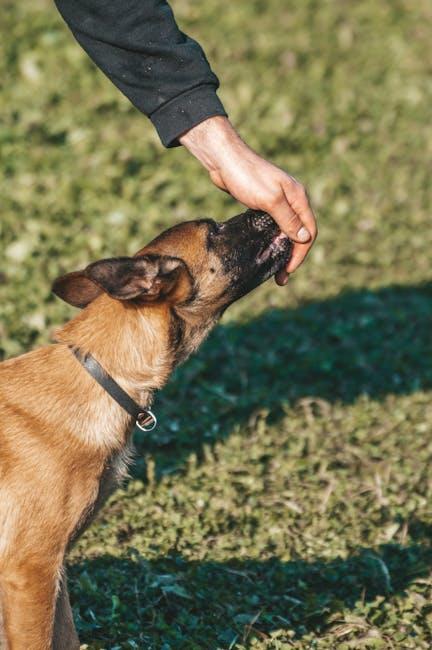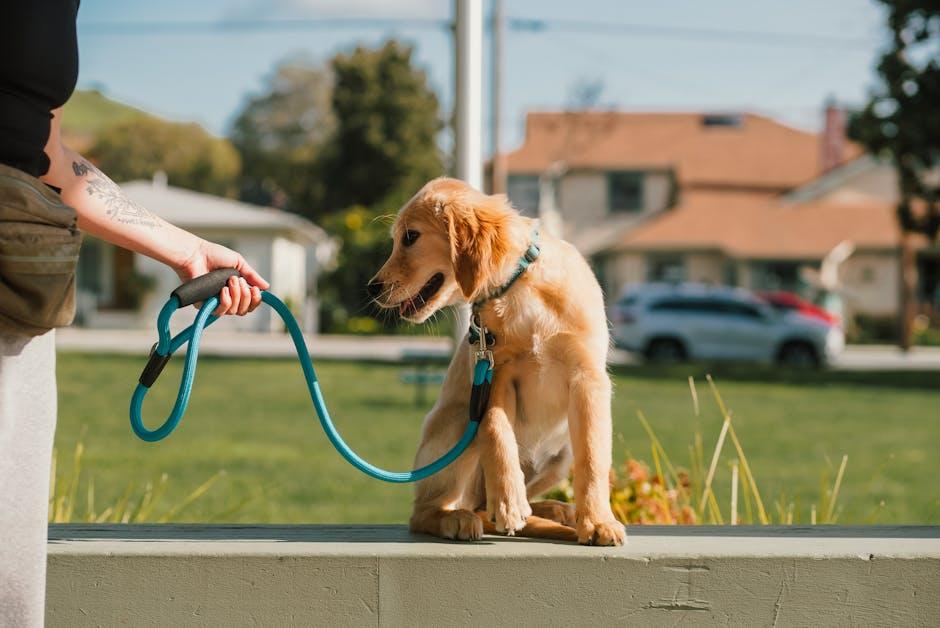Welcoming a new puppy into your home is a joyous occasion filled with boundless energy and unconditional love. However, with this excitement comes the responsibility of teaching your furry friend good manners, particularly when it comes to mealtime. Training your puppy to wait patiently for food not only promotes discipline but also fosters a deeper bond built on trust and respect. In this guide, we will walk you through simple, effective techniques to instill patience in your puppy during feeding times. Whether you’re a first-time pet owner or an experienced dog lover, these strategies will help you nurture a well-behaved companion who understands the value of waiting calmly for their meal. Let’s embark on this rewarding journey together, ensuring that every meal is a peaceful and enjoyable experience for both you and your pup.
Creating a Calm Feeding Environment for Your Puppy
To ensure your puppy feels secure and calm during mealtime, it’s essential to establish a serene feeding environment. Start by choosing a quiet space away from the hustle and bustle of daily household activities. This area should be free from loud noises and distractions, allowing your puppy to focus solely on the task at hand. Consistency is key—try to feed your puppy in the same location every time to create a sense of routine and predictability.
Consider these tips for crafting a peaceful mealtime atmosphere:
- Soothing Background Music: Soft classical music or nature sounds can help relax your puppy and signal that it’s time to eat.
- Dim the Lights: Lowering the brightness can create a calming ambiance that encourages your puppy to settle down.
- Minimize Foot Traffic: Keep the feeding area clear of people and other pets to prevent any feelings of competition or anxiety.
By setting up a tranquil environment, you not only help your puppy develop patience but also create a positive association with mealtime, laying the foundation for good eating habits.

Establishing a Consistent Feeding Routine for Patience
Creating a regular meal schedule is essential for teaching your puppy patience. Consistency is key, as it helps your furry friend understand when to expect their meals and reduces anxiety. Start by establishing set feeding times that fit your lifestyle and stick to them every day. This routine provides a sense of security for your puppy, and over time, they will learn to anticipate meal times calmly.
Here are a few tips to help maintain this routine:
- Designate a feeding area: Choose a quiet spot in your home where your puppy can eat without distractions.
- Pre-meal ritual: Develop a simple pre-meal routine, like asking your puppy to sit before placing their bowl down.
- Wait for calmness: Only serve the food once your puppy is calm, reinforcing the idea that patience leads to rewards.
By consistently following these steps, you can nurture your puppy’s patience and create a harmonious feeding environment.

Positive Reinforcement Techniques to Encourage Waiting
Embracing positive reinforcement is a delightful journey that fosters patience and understanding in your puppy. Begin by using treats as rewards when your puppy successfully waits for their meal. Start small, gradually increasing the waiting time as they master each step. This approach not only encourages good behavior but also strengthens your bond.
- Consistency is key: Ensure that everyone in the household follows the same rewarding system to avoid confusion.
- Verbal Praise: Pair treats with enthusiastic words like “good wait!” to associate the behavior with positive emotions.
- Use a Clicker: If you’re familiar with clicker training, use it to mark the exact moment your puppy exhibits patience.
Remember, patience is a virtue not just for your puppy, but for you as well. Celebrate small victories and enjoy the process of nurturing a well-mannered companion.

Handling Setbacks with Patience and Understanding
Training your puppy to wait patiently for their food can be a challenging task, but approaching setbacks with a calm and understanding mindset is key. Remember, puppies are naturally eager and curious, which can sometimes translate into impatience. Consistency and compassion are your best allies in this process.
- Stay Calm: If your puppy struggles to wait, resist the urge to express frustration. Instead, take a deep breath and calmly guide them back to the starting point.
- Positive Reinforcement: Reward your puppy with treats and praise when they display patience. This encourages them to associate waiting with positive outcomes.
- Adjust Expectations: Understand that every puppy learns at their own pace. If your furry friend takes longer to grasp the concept, that’s perfectly okay. Adapt your training sessions to their comfort level.
By incorporating these strategies, you can help your puppy develop patience without causing undue stress. Embrace each small victory, and remember that setbacks are simply opportunities for growth and learning.
















